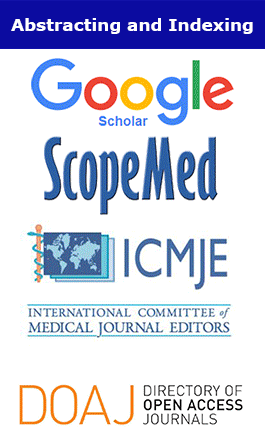Prevalence of areca nut and tobacco use in school-going children in Ahmedabad
Megha Sandeep Sheth, Azizfatma Khan, Priyasingh Bhagirathsingh Rangey
Abstract
Aims: Tobacco and areca-nut use among school children is a serious problem in developing countries. The aim of the study was to determine the prevalence of tobacco and areca nut chewing habit and different characteristics of areca nut chewers among school-going children. Methods: A questionnaire-based cross-sectional survey asking them to fill a self-administered questionnaire regarding personal habits was conducted across three municipal and six semi-government schools in Ahmedabad city including 3,055 children in 7th–12th standards. Results: The prevalence of tobacco or areca-nut chewing was 12%. Of them, 5% had a habit of smoking, 6% chewed tobacco, and 89% areca nut. Also, 46% got it near their house, 13% near the school, 11% borrowed, a few stole, and 18% received it from someone. Twenty-five percent initiated habit at an age of <12 years, 43% at 13–15 years, and 32% at 15–17 years. Attitude of consumers after having areca nut was noted as 10% felt relaxed, 13% happy, 14% found it pleasurable, 54% felt nothing, and data for 9% were missing. Feelings of the consumers if they did not consume it were as follows: 5% felt discomfort, 9% restless, 7% had a craving, 71% had nothing, and data for 8% were missing. Fourteen percent found themselves to be more attractive, 19% felt less attractive, and 62% found that consumption doesn’t make any difference to their appearance. Nineteen percent had none of their friends having the habit, 56% had some, 12% had most, and 10% had all of their friends having the habit. Conclusion: Consumption of tobacco is an emerging health problem and there is a need to sensitize everyone toward its ill-effects.



